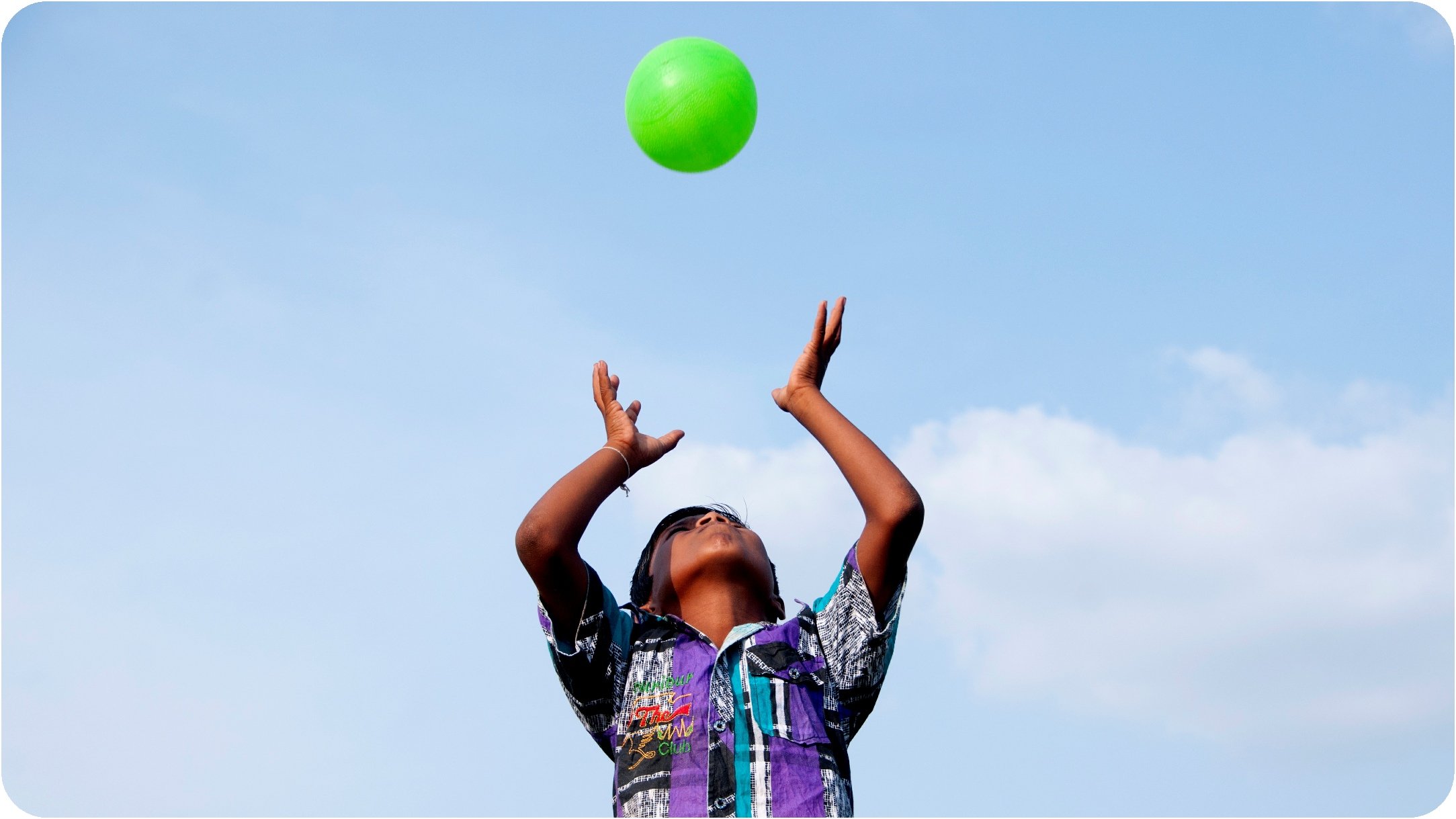What Is Visual Tracking
Understanding Visual Motor Integration and Visual Tracking In Children
Visual tracking refers to the ability to control one's eye movements to accurately follow a moving object or to shift the eyes smoothly from one object to another. This skill is needed for various aspects of development, including reading, writing, and participating in sports.
Visual tracking is a visual motor function; whereas, visual perception refers to how the brain interprets and perceives visual information. Visual acuity references the ability to see the sharpness of an image clearly and accurately. Other factors that influence vision include depth perception, peripheral vision, color detection, and quick localization. Several of these visual functions work together to enable us to focus our attention as we interpret and interact with the world around us.
Understanding Visual Tracking
Visual tracking is a complex process that involves several components of the visual system and the brain. It begins in infancy and continues to mature through early childhood. This skill applies to academic success and everyday tasks such as catching a ball, steering a tricycle or a bicycle, and walking through a crowd.
There are four different types of eye movements involved in visual tracking. Saccades are rapid movements of the eyes that abruptly change the point of fixation or eye gaze from one stationary target to another. Saccadic eye movements can be horizontal, vertical or diagonal in orientation. They are used to shift our gaze from one object to another, such as when reading text.
Smooth pursuit eye movements allow the eyes to smoothly follow a moving object. These movements are conjugate, slower and require the object to move for the eyes to track it effectively.
Vergence eye movements include the ability of the eyes to converge as an object moves closer, and to diverge as an object moves farther away. The eyes move disconjugate.
Vestibulo-ocular eye movements stabilize the eyes relative to head movement, resulting in the eyes moving opposite to the direction of head movement.
Signs of Visual Tracking Difficulties
Parents and educators can recognize the signs of visual tracking difficulties, which may include:
Losing place while reading or using a finger to guide reading.
Skipping lines or re-reading lines unintentionally.
Difficulty with sports involving catching or hitting moving objects.
Complaints of headaches or eye strain during or after reading.
Slow reading speed or poor comprehension.
Difficulty copying from the board.
Squinting, eye rubbing, eye discomfort
Complaints of double vision
Poor spelling
Enhancing Visual Tracking Skills
There are numerous strategies and activities that parents can use to help their children improve visual tracking skills:
Eye Exercises: Simple exercises, such as following a moving object with the eyes or practicing shifting gaze between objects at different distances, can strengthen eye muscles and improve tracking ability.
Encourage Reading: Regular reading practice can enhance visual tracking. Using a bookmark or ruler to guide the eyes can help prevent losing place. Experiment with colored overlays.
Play Catch: Games that involve catching or hitting a ball require the eyes to track a moving object, making them excellent for practicing visual tracking. To slow down the movement, use a balloon rather than a ball.
Puzzles and Building Blocks: These activities help develop spatial relations and visual-motor integration, while following sequenced visual directions can tap into visual tracking.
Limit Screen Time: Excessive screen time can strain the eyes and may contribute to difficulties with visual tracking. Encouraging breaks and engaging in physical activities can help mitigate this.
Professional Evaluation: If a child shows persistent difficulties with visual tracking despite practice and support, it can be beneficial to seek an evaluation from a developmental optometrist or an occupational therapist specializing in postural-ocular, visual motor and visual perceptual skills. They can provide targeted interventions and exercises tailored to the child's specific needs.
The Importance of Early Intervention
Early identification and intervention are crucial for children with visual tracking difficulties. Untreated, these issues can lead to challenges in reading and learning, potentially affecting academic performance and self-esteem. With appropriate support, however, most children can overcome these difficulties and develop strong visual tracking skills.
Follow The Bouncing Ball
Visual tracking is a fundamental skill that underpins many aspects of learning and daily activities. Parents can help their children succeed in this important area of development by being patient, encouraging, and using the right strategies and activities to support visual development.
Visual Perception
Visual tracking is interconnected with other visual perceptual skills and cognitive processes. These include:
Visual Discrimination: The ability to notice and compare the features of different items to distinguish one from another.
Visual Memory: The capacity to remember visual information.
Visual-Spatial Skills: Understanding the spatial relationships between objects.
Visual Form Constancy: Recognition of form or shape despite changes in position, size or orientation.
Visual Figure Ground Perception: Ability to differentiate foreground and background to find a specific item or shape among a rival background.
Visual Sequential Memory: Ability to recall a sequence of items in the correct order.
Visual Closure: Ability to visualize a whole when provided incomplete visual information.
Visual-Motor Integration:
This is the coordination of visual perception, fine motor control, and eye-hand coordination skills, which enables one to translate a visual plan into an accurate motor action.
These skills and visual tracking form a foundation for learning and interacting with the environment effectively.
Kimberley Arnett-DeSimone, a career pediatric occupational therapist in Huntersville, North Carolina, authored this post.




